NORTH DAKOTA
IOWA

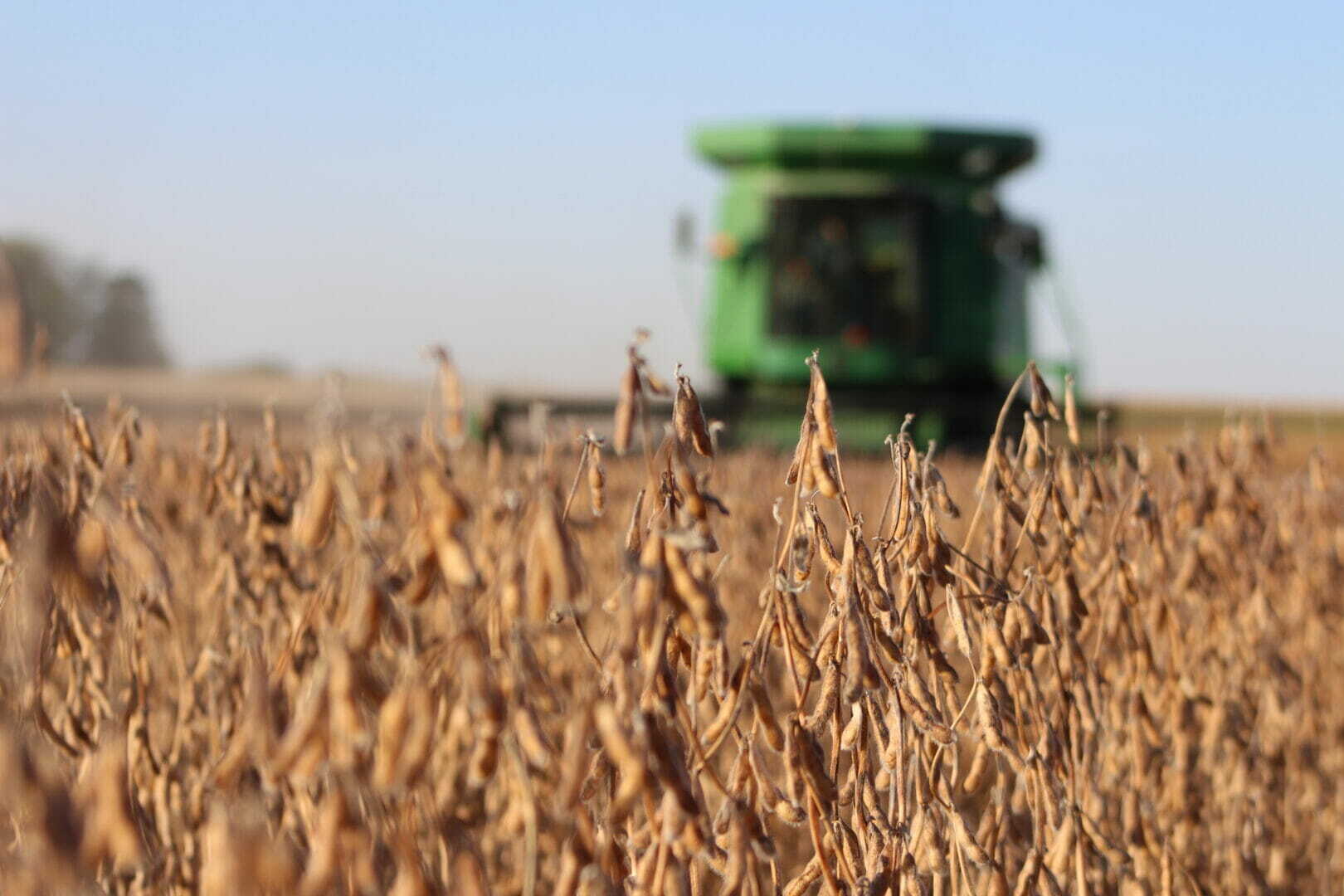
Trying to be a more efficient manager is a common goal among farmers. How we manage our farming operations, from choosing seed trait options to herbicides, has changed greatly in recent years. We can only squeeze costs so far to achieve higher profitability. As the old saying goes, you can’t save your way to prosperity. You also need to drive higher yields. Whether you are producing low, moderate, or high yields, many costs are fixed and stay the same. That’s why return on investment (ROI) is such a popular topic of conversation these days.
There is no better way to measure profitability than by measuring the agronomics of an operation. We do this by using Precision Ag technology to measure changes across a field. One part of the field may show us that it needs higher management and more investment while another part of the field may show there is no need to waste time and money.
Agronomics in farming leads to economics. While much time is devoted to discussing “Big Data,” I believe “Small Data” is equally important. Phil Long and I get a lot of calls asking for data we have that shows response to fungicide treatments or nitrogen trials. My response is, “There is no better farm to do these trials on than your own.” Let’s see what works on your farm by using on-farm trials to measure and manage your agronomics and economics. Information about what your neighbor did on similar soils is still good information, but as you know, you run your operation differently than he does.
As we go into harvest, keep in mind the importance of gathering good data. Yield data is key to measuring agronomics and economics. Take some time to inspect your yield monitoring system. Yield monitors have mass flow, temperature, moisture, and speed sensors that require inspections and may need calibration. Calibrating your yield monitor to start harvest can be somewhat time consuming. If you do not take the time to do this, it could affect the usefulness of the yield data you gather. Always think of the end game. We are gathering this data to measure and manage for the future.
Call your Latham Precision Agronomy Advisors and ask how we can help get you started measuring your operation this fall!
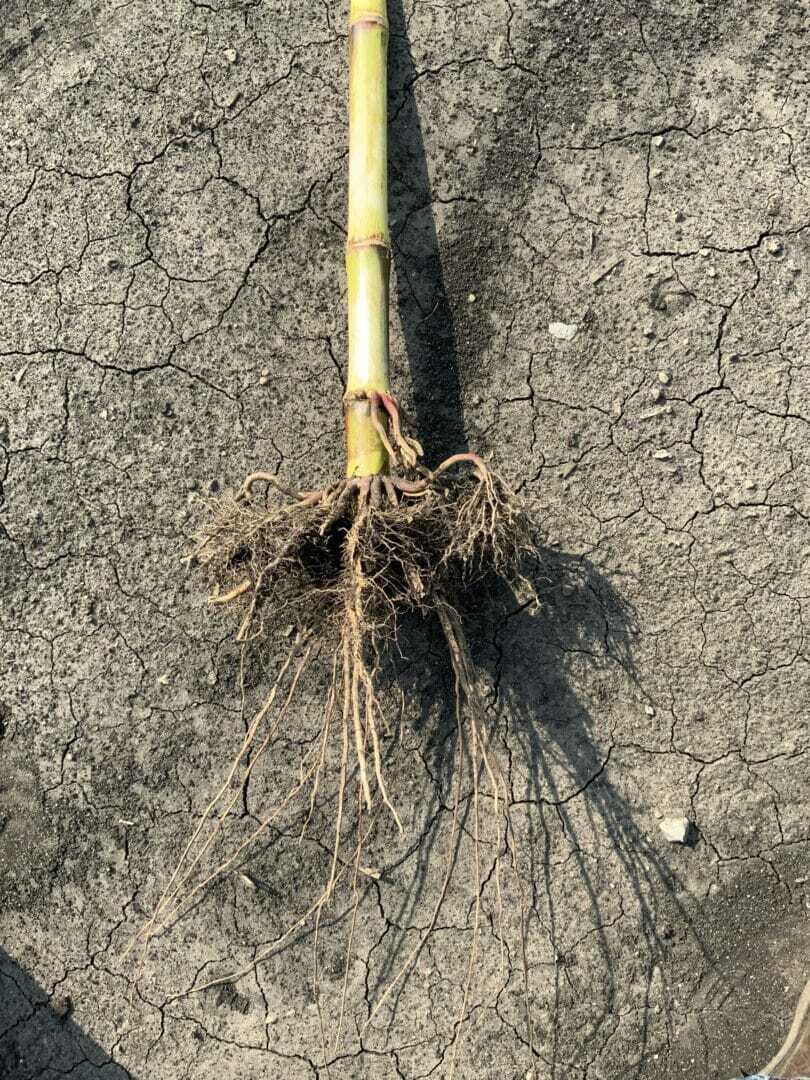
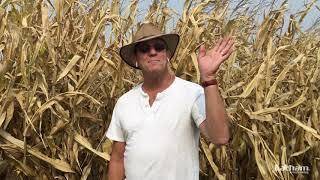
Join Bob Foley as he discusses the impacts of premature plant death, why it is happening and how it could affect your harvest plan. #LathamSeeds
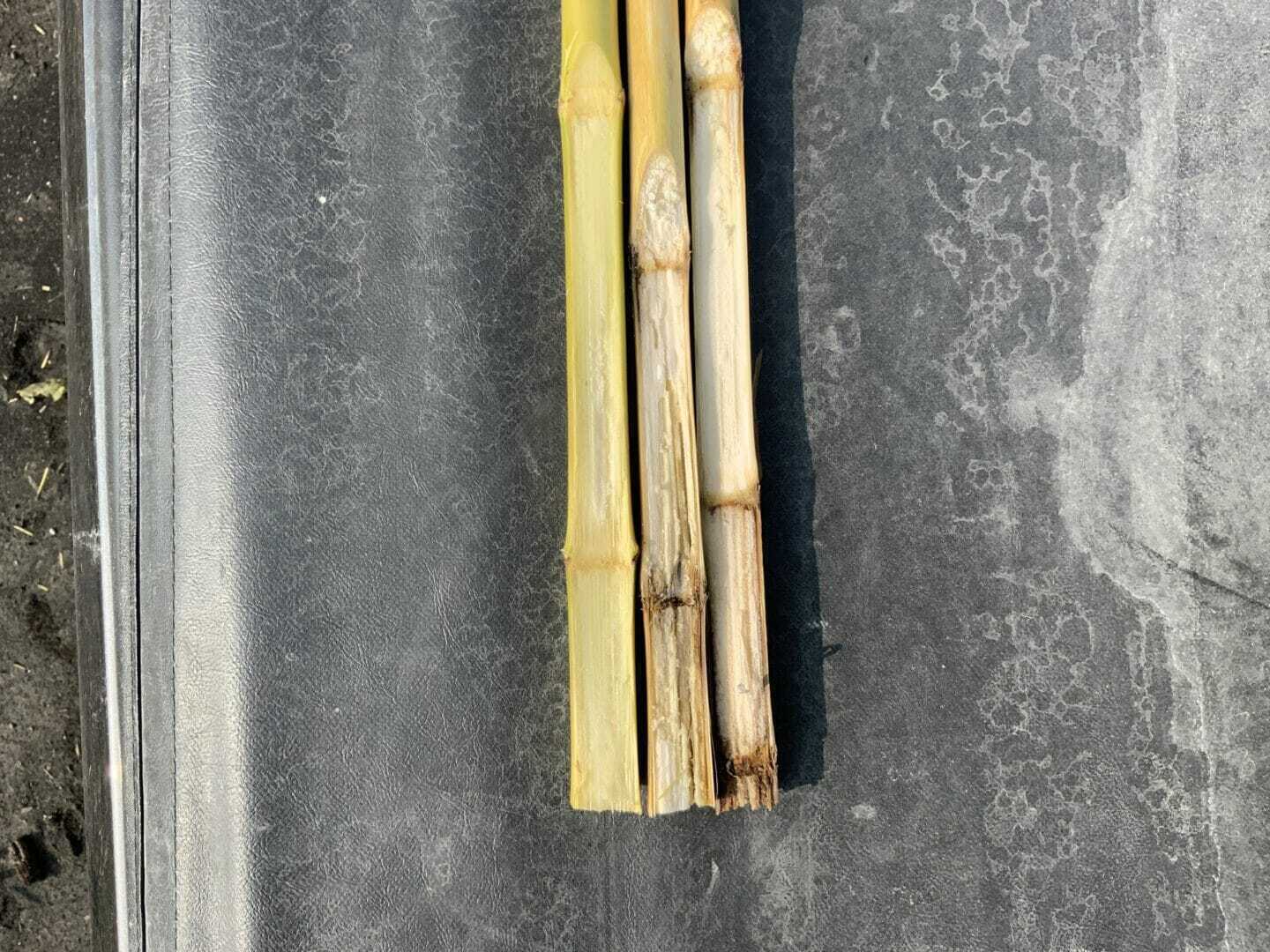
What are the top three stalk rots and ear rots to keep an eye out for? Tune in to find out! #AskTheAgronomist
:25 — Topic Introduction
1:30 — Top 3 Stalk Rots
6:20 — Top 3 Ear Rots
9:30 — 10% Rule
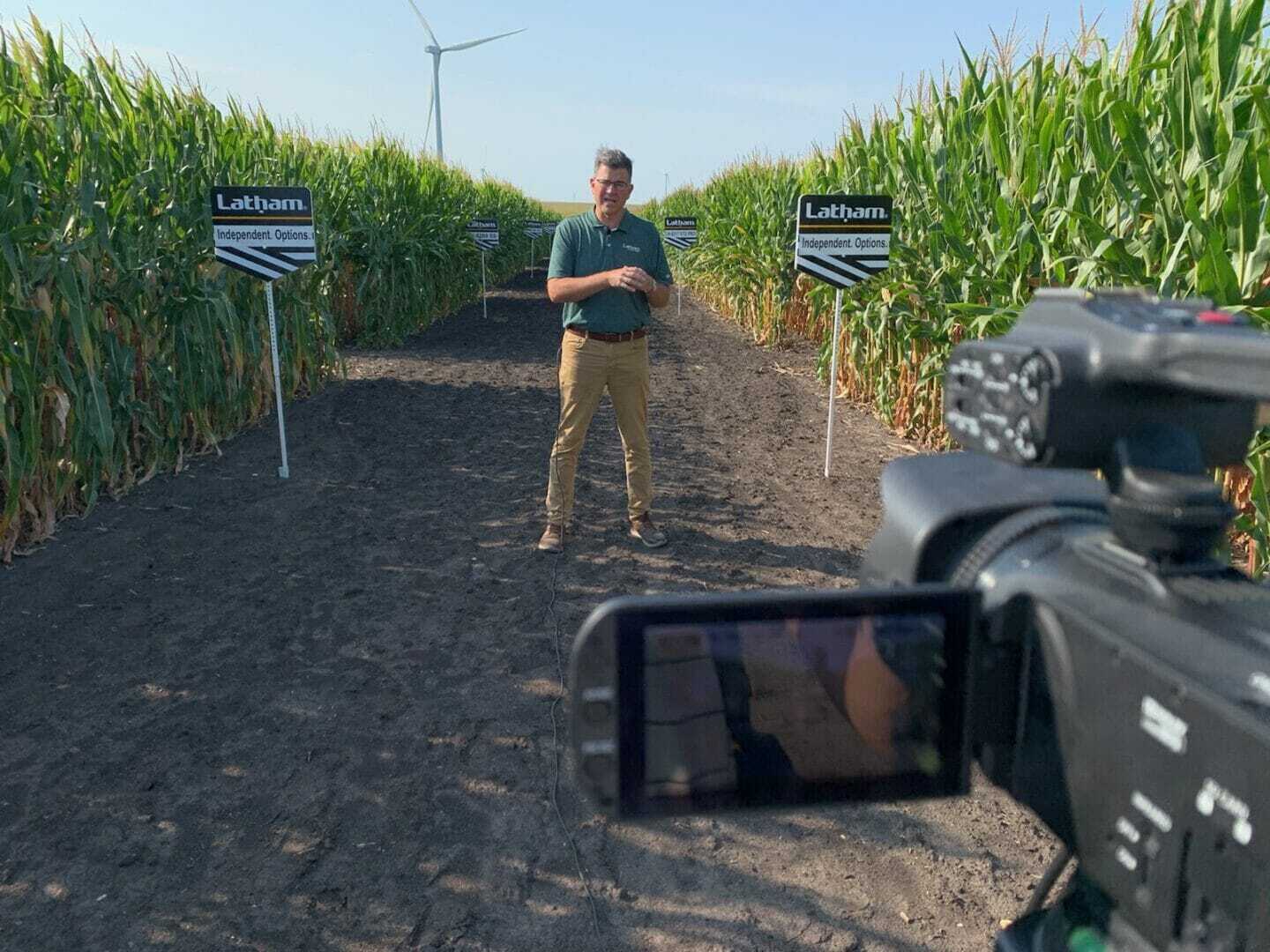
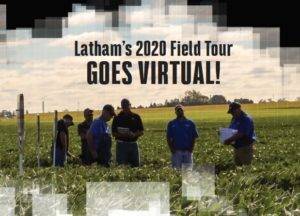 At Latham Hi‑Tech Seeds, we have hosted multiple field day on wheels. We’ve showcased emerging technologies that allow us to check crops from the air, but this is the first year we didn’t have to worry about the weather on our field day. It’s also the first time we a virtual day event.
At Latham Hi‑Tech Seeds, we have hosted multiple field day on wheels. We’ve showcased emerging technologies that allow us to check crops from the air, but this is the first year we didn’t have to worry about the weather on our field day. It’s also the first time we a virtual day event.
Welcome to 2020! The worldwide COVID-19 pandemic has forced businesses around the globe to deliver information using technology like Zoom, Facebook Live and YouTube. Although we prefer to meet with farmers in person, our team of industry experts has developed some interesting and informative content for you. We hope you enjoy it and find it of value!
Below is a recap of our 2020 Latham® Virtual Field Day with links, so you can watch agronomic presentations from the comfort of your office or the cab of your tractor or combine:
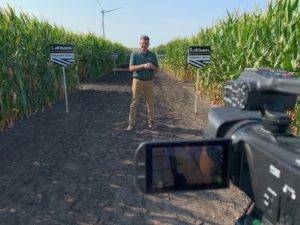 In this “challenges of harvest” roundtable hosted by Bob Foley, farmers from across the Upper Midwest tell us how they’re managing harvest in not-so-ideal conditions.
In this “challenges of harvest” roundtable hosted by Bob Foley, farmers from across the Upper Midwest tell us how they’re managing harvest in not-so-ideal conditions.One of the things we enjoy most about hosting field days is sitting at the table with Latham® dealers and customers. We always enjoy hearing about our customers’ families and learning more about farming operations. If you attend a Latham Seeds’ event, you can count on great conversation and a wonderful meal.
In true field day fashion, we are sharing with you a typical field day menu. Below are links to some of our favorite fall recipes:
With the cool fall weather this week, we thought it would be the perfect time to share a new crockpot dish. Scroll down to find a recipe for Slow Cooker Cajun Chicken Fettuccine. Recipe and image sourced here.
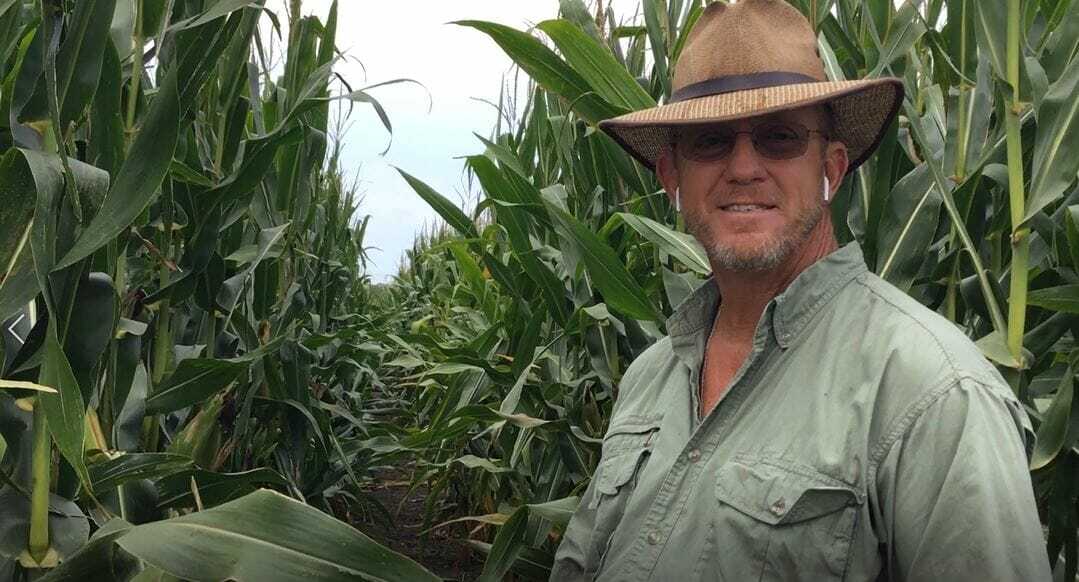
Bob Foley takes some time to walk through different ways ears can flex and the importance of kernel depth and girth. View a breakdown of topics of topics below.
0:05 — Topic introduction
2:00 — The history of ear flex
4:45 — Flex ear hybrids today
6:10 — Dryland vs. Irrigated: Ear flex visual differences
7:05 — Semi-determinate in-field examples
8:57 — Fixed ear characteristics
9:40 — The importance of kernel depth
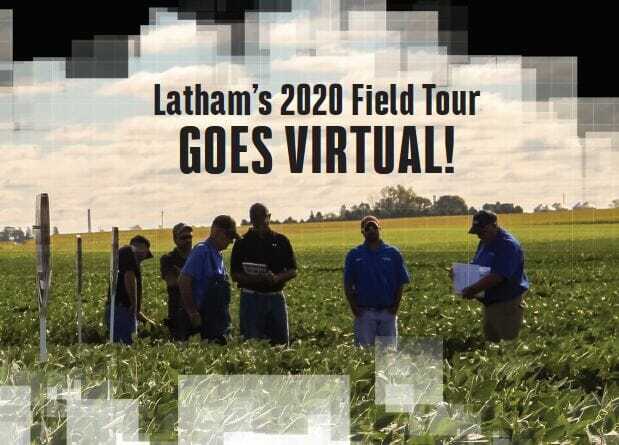
Find a recap of our 2020 Latham Virtual Field Tour. Latham’s product team shares insights on a variety of key topics geared toward success this harvest and into the 2021 growing season. If you missed the live session, no worries! Find our on-demand videos below of the field tour.
Watch on Facebook: https://www.facebook.com/watch/?v=2668478816588211&extid=ca2iM5vffbodkI4Y
Watch on YouTube: https://youtu.be/O8FHM7ESu9M
Join us for a 35 minute segment as farmers tell all about managing no-so-ideal harvest scenarios hosted by Bob Foley.
Join us as Precision Agronomy Advisor Darin Chapman discusses on-farm research and the benefits of testing ideas for the future.
Join us as Corn Product Manager, Lyle Marcus, discusses how to maximize performance and reduce risk with Latham® corn hybrids in 2021.
SPECIAL FEATURE! 20 Minute Workshop hosted by Precision Agronomy Advisor Phil Long. Did you know that placement can affect yield by up to 20%? That’s a 20-50 bushel yield swing! Phil will walk through how to match management style to product characteristics for best placement and performance.
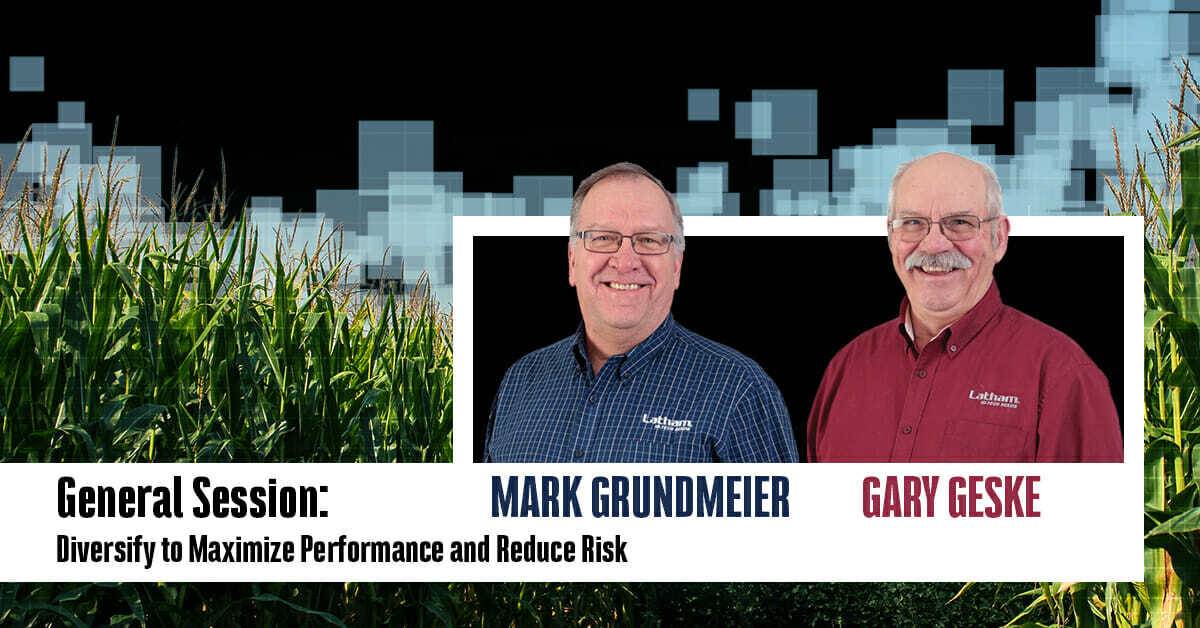
For the final segment of our 2020 Virtual Field Day, Tune in on Sept. 10 at 8:30 AM. Mark Grundmeier and Gary Geske share key insight on diversifying your soybean options to maximize performance and reduce risk.
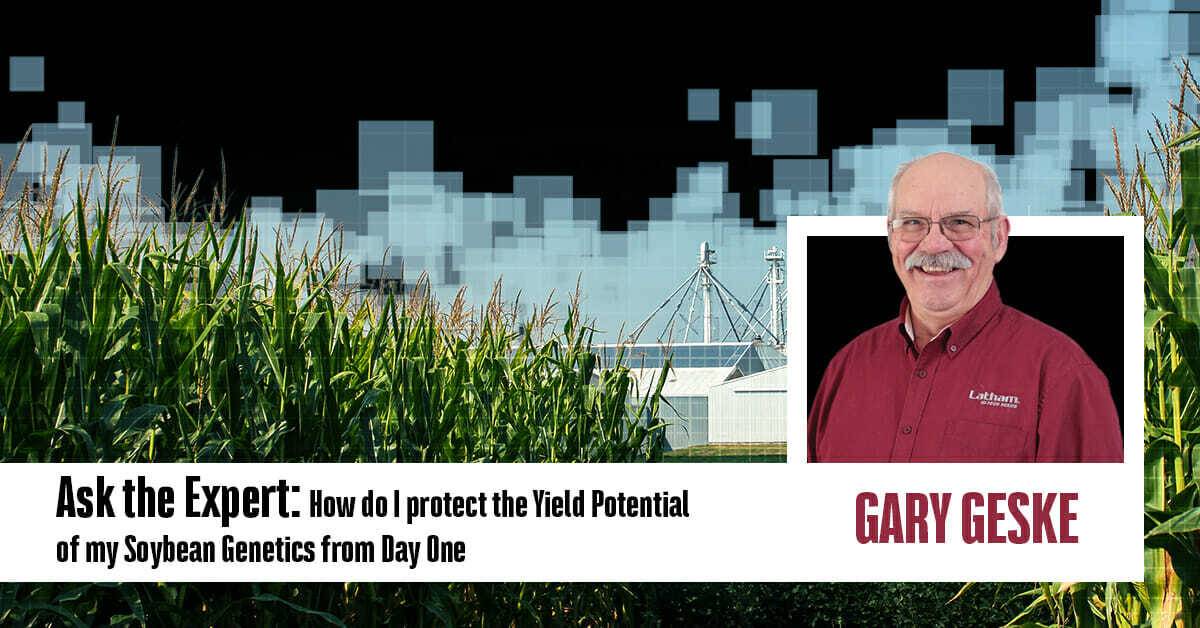
Join us on Sept 10 at 8:15 AM as we discuss how to protect the yield potential of soybean genetics from day one with expert Gary Geske.